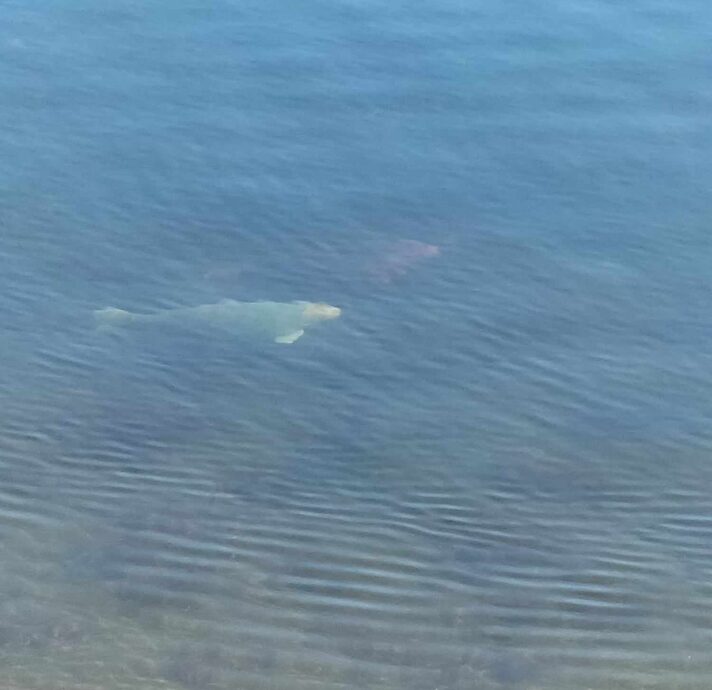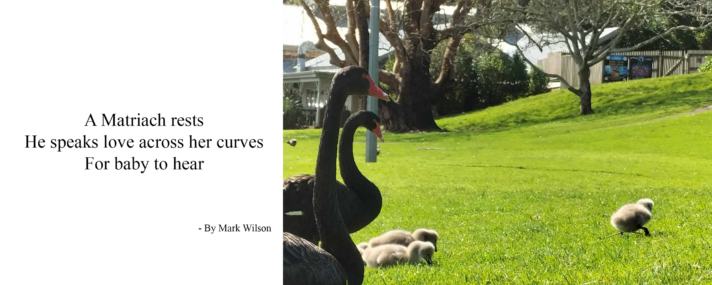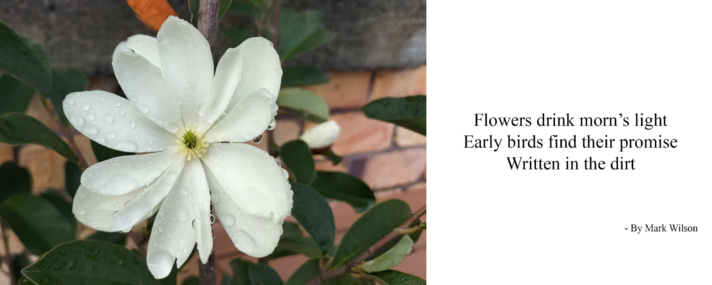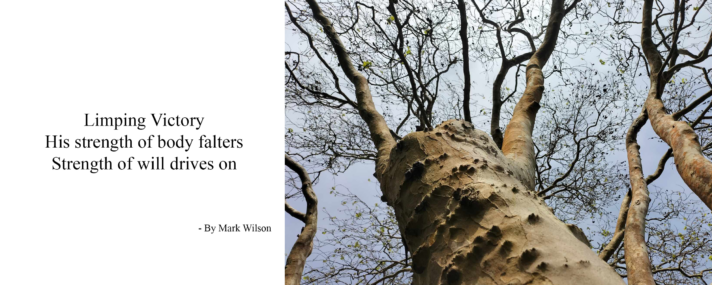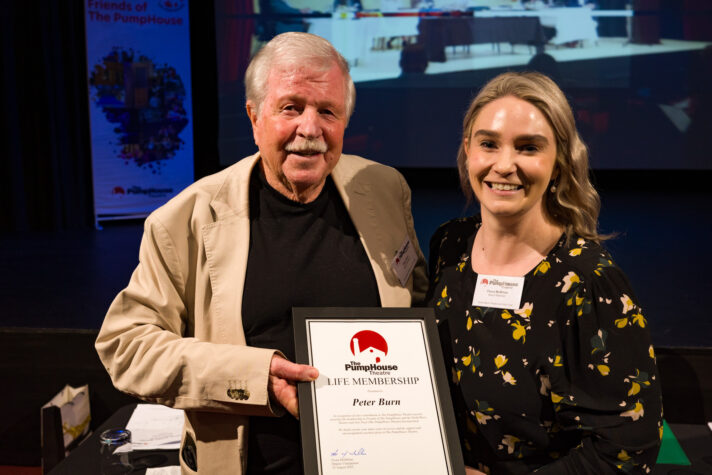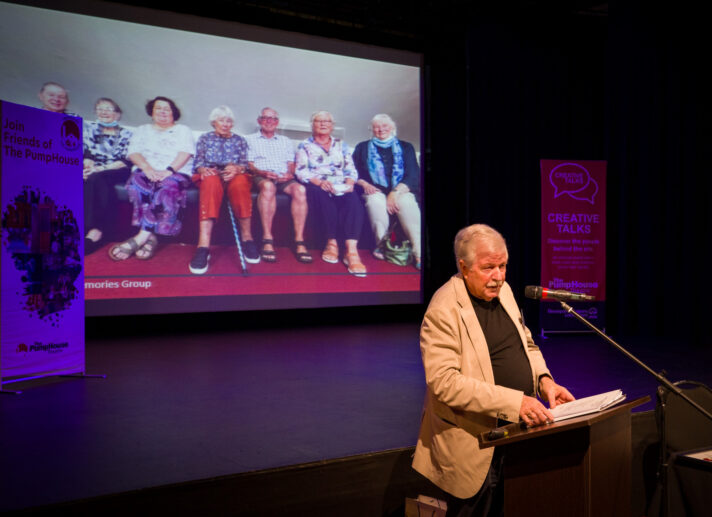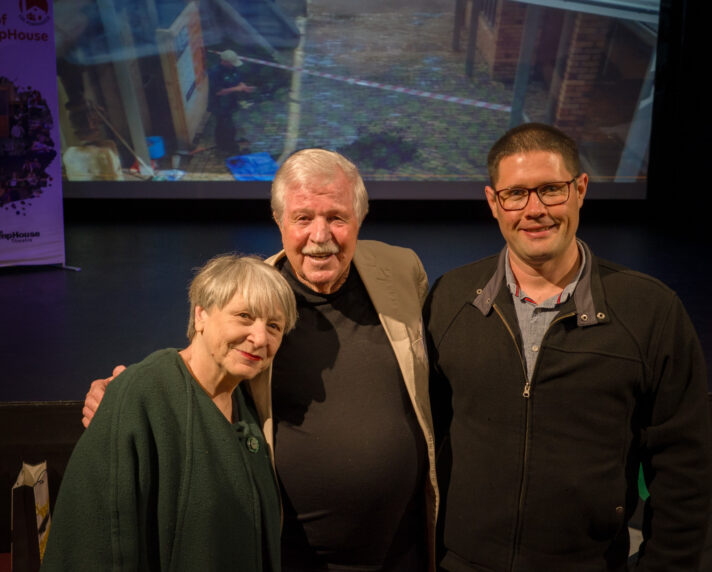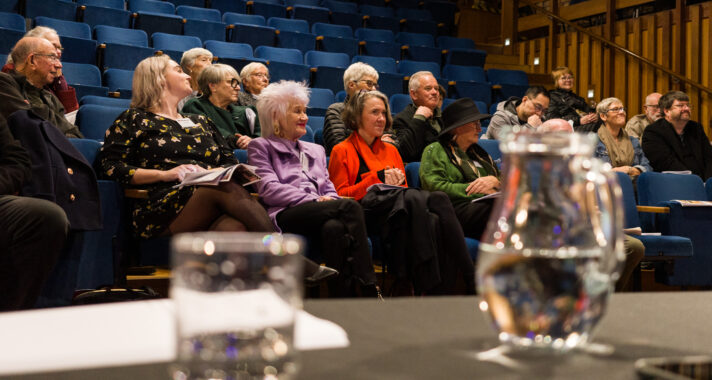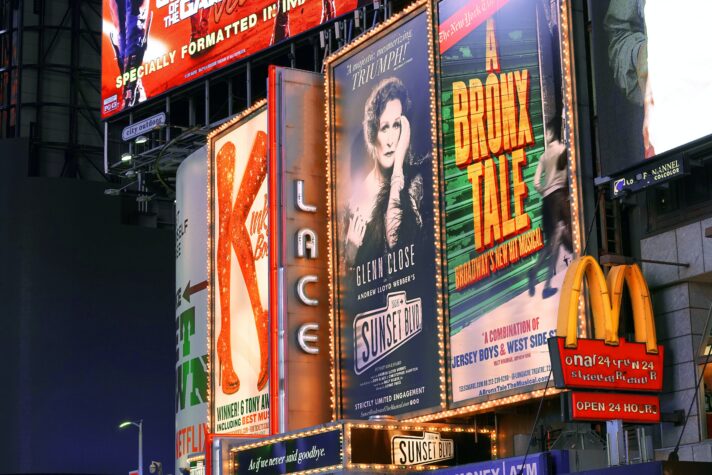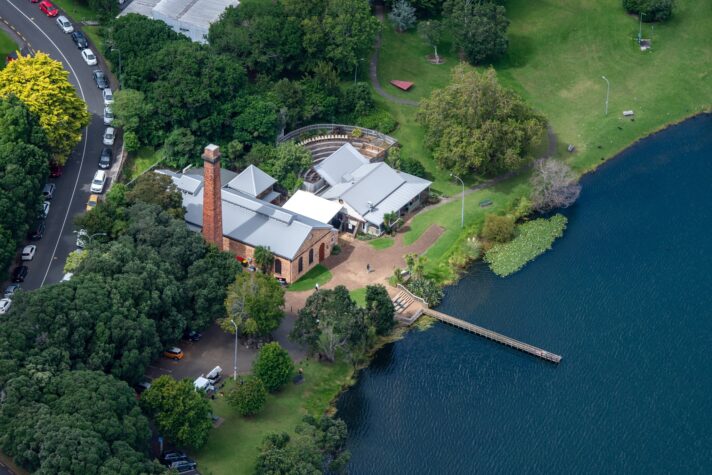Nā Mark Wilson i tuhi | Written by Mark Wilson
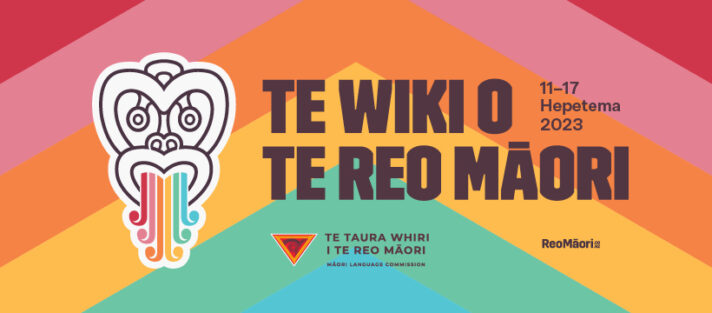
Tena koutou, tena koutou, kia ora koutou katoa
Ko Pīhanga te maunga
Ko Taupō-nui-a tia te roto, Ko Whanganui te awa
Ko Te Arawa te waka
Ngāti Tūwharetoa ahau
No Taupō tōku whanau
No Whanganui ahau
Ko Wilson tōku whanau
Ko Paula tōku māmā
Ko Mark tōku ingoa
Greetings and good health to everyone reading this blog! It is Te Wiki o Te Reo Māori and I thought I would start this off by letting you know a little bit about myself. Written above is my Pepeha. Your Pepeha is a formal introduction that I find more often than not helps to build quick bonds at Māori-led gatherings and failing that grounds you in who you are. I see it as a Tangata Whenua 6 degrees of separation. Someone is bound to know you, or your family, or your tribe, where you come from, or the mountains and rivers that sustain you and yours.
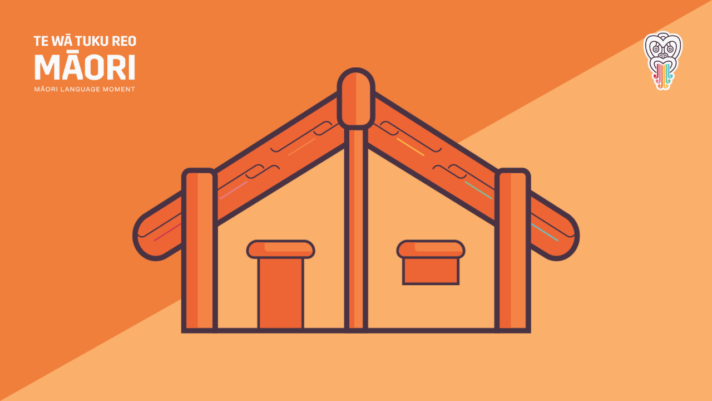 When I was taught how to write my Pepeha I was instructed to follow the path of a river to where it reaches me so here goes:
When I was taught how to write my Pepeha I was instructed to follow the path of a river to where it reaches me so here goes:
Ko Pīhanga te maunga
Pīhanga is my mountain: In myth, the beauty of Pīhanga is said to have caused a fight between Tongariro and Taranaki. The mountains came to blows. Tongariro was the victor and forced Taranaki to flee. The grand exodus of Taranaki is said to have formed the Whanganui River, which I also have ties to.
Ko Taupō-nui-a tia te roto
Taupō is my lake: The initial eruption of SUPERVOLCANO Taupō happened 1800 years ago and had one of the largest explosions in our planet’s history!
Ko Whanganui te awa
Whanganui is my river: Did I say I had ties to this river?
Ko Te Arawa te waka
Te Arawa is my canoe: When my ancestors sailed to Aotearoa they came on one of seven great canoes, Aotea, Kurahaupō, Mataatua, Tainui, Tokomaru, Te Arawa, and Tākitimu. My whānau has ties to Te Arawa.
Ngāti Tūwharetoa ahau
My tribe is Tūwharetoa: The translation of Tūwharetoa is ‘House that stands strong’
No Taupō tōku whanau
My family is from Taupō: ALL of my ancestry hails from Taupō which is why it pops up in my Pepeha a lot. However, I haven’t spent a lot of my history in Taupō…
No Whanganui ahau
I am from Whanganui: It is important to me that my hometown is included in my Pepeha. While it is important to know where your ancestry comes from, you also have to remember where YOU come from.
Ko Wilson tōku whanau
My family name is Wilson: Not everything in my Pepeha is Māori, my family name comes from my grandmother, Hine or Sue, who married my pākehā grandfather, Eugene. The name was very important to my grandmother and it was her wish that I carried on the family name. A huge honour and burden as I am the last Wilson.
Ko Paula tōku māmā
My mother is Paula: Parents are very important to who you are. So it goes without saying I include the most important woman in my life! Love you, mum.
Ko Mark tōku ingoa
My name is Mark: This one is pretty self-explanatory 😀
 Every Pepeha is different and unique and in my opinion one of the most personal ways to introduce yourself. There are a tonne of templates and resources online to help you create your Pepeha like THIS link here. Consider giving it a go for Te Wiki o Te Reo Māori. Who YOU are is important.
Every Pepeha is different and unique and in my opinion one of the most personal ways to introduce yourself. There are a tonne of templates and resources online to help you create your Pepeha like THIS link here. Consider giving it a go for Te Wiki o Te Reo Māori. Who YOU are is important.

Here are a few of The PumpHouse staff’s favourite things…
James
Favourite Word: Manaakitanga – something we try and show everyone who visits The PumpHouse
Favourite Custom: The Haka, especially as a sign of respect or celebration.
Favourite Colour: Whero
Mags
My favourite word is aroha
My favourite colour is whero.
And I liked this whakatauki I found during mindfulness month:
Manawa ki waho
Tae atu ki te rangi ka manawa ano
Breathe in breathe out Reach to the sky and breathe again
Meg
My fav colour is kōwhai, even though I wear a lot of māwhero!
All of Te Reo Māori is sooo beautiful to my ear. Tīkiti is a word I use a lot! But I looove ngangahau (spirited, zealous, vibrant, vivacious, lively, animated) – as I feel this describes me very well!
What do I love about Māori culture? The rich traditions, deep connection to nature, and strong sense of community – it is unmatched.
Mark
My fave colour is pango – I am basic.
My fave word: Ngenge, which is tired, cause I am tired all the time
Helena
Kōwhai is my favourite colour because of the tree in our garden and the Tūī that love it too. Kia ora is my favourite word as it was something I heard from my youth in the UK, and never realised it was Māori and that I’d be living here all these years later.

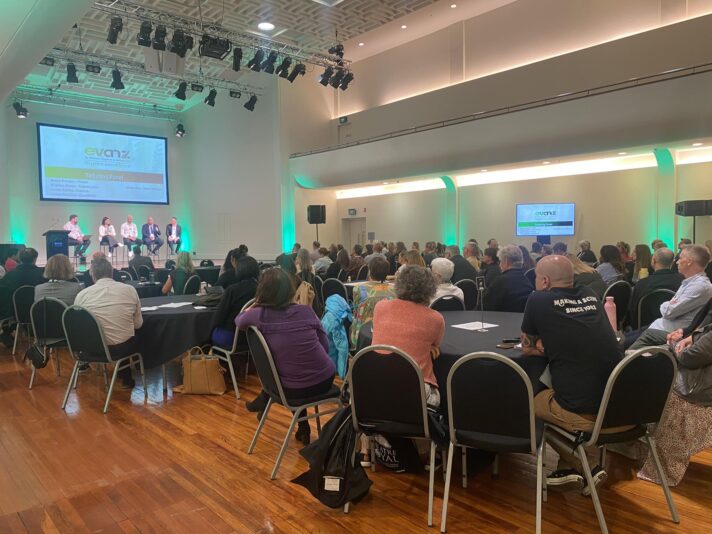
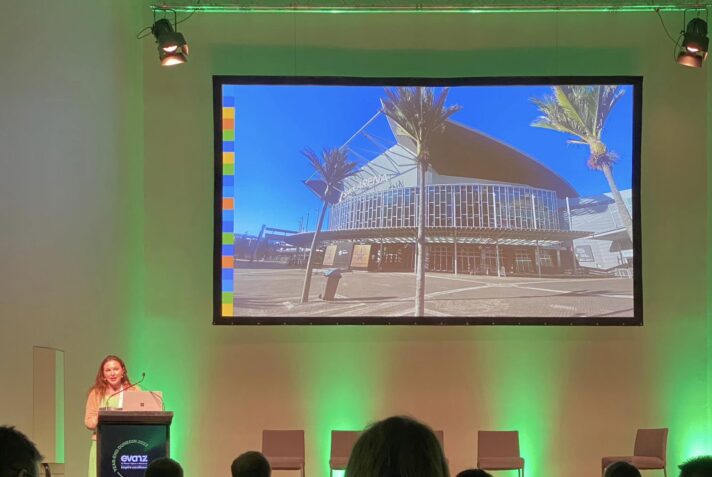
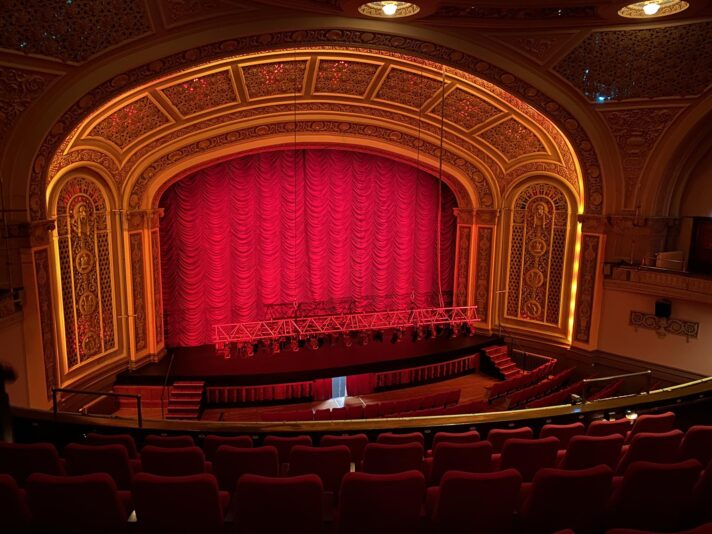
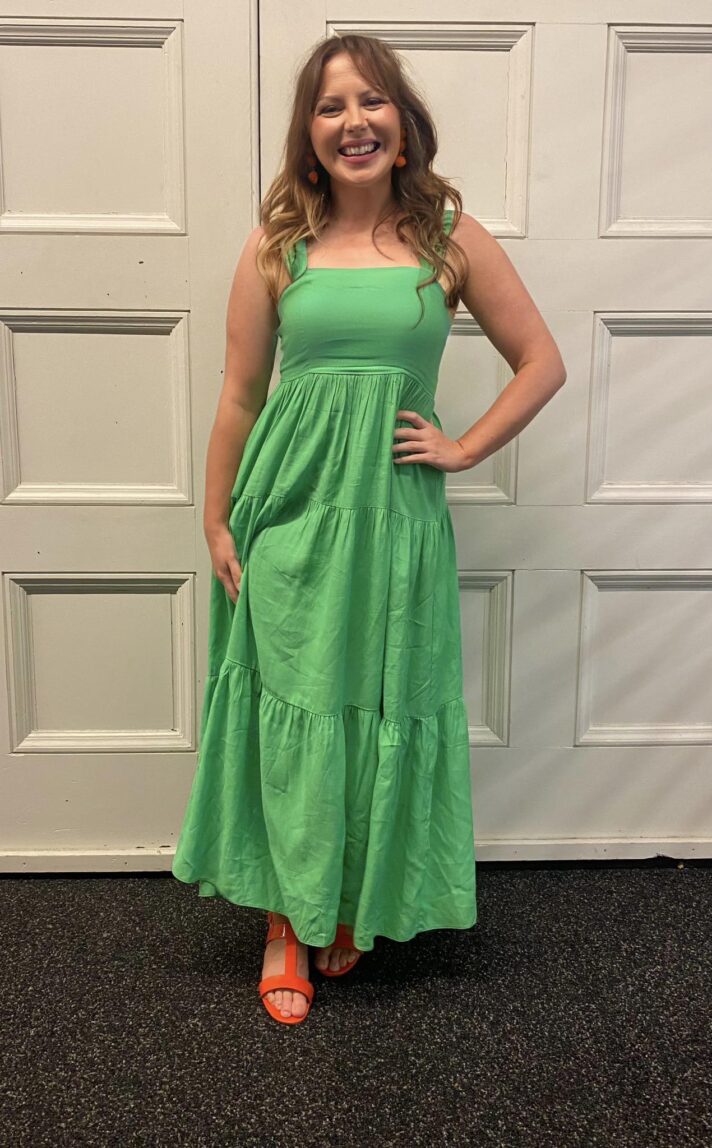
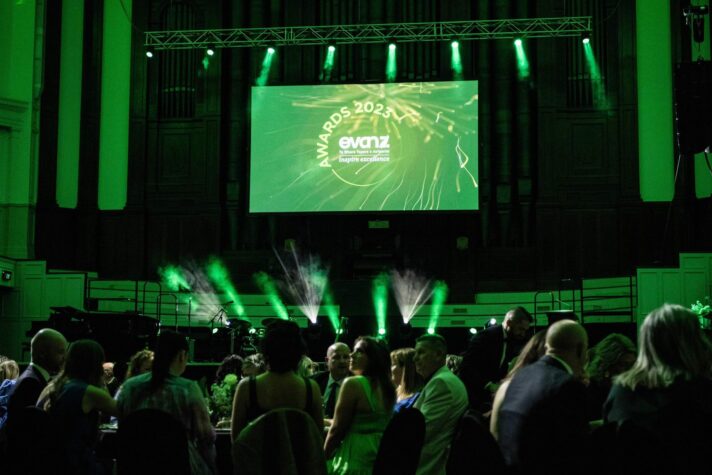


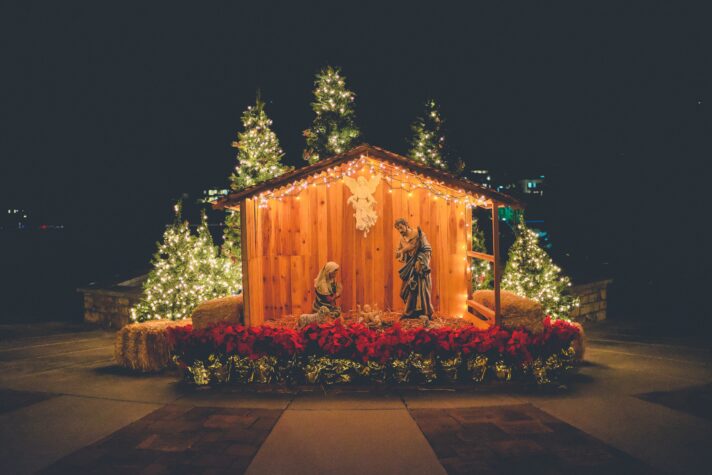
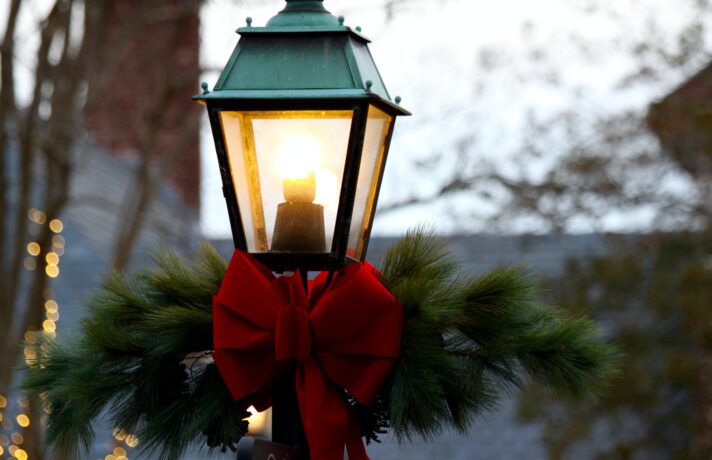
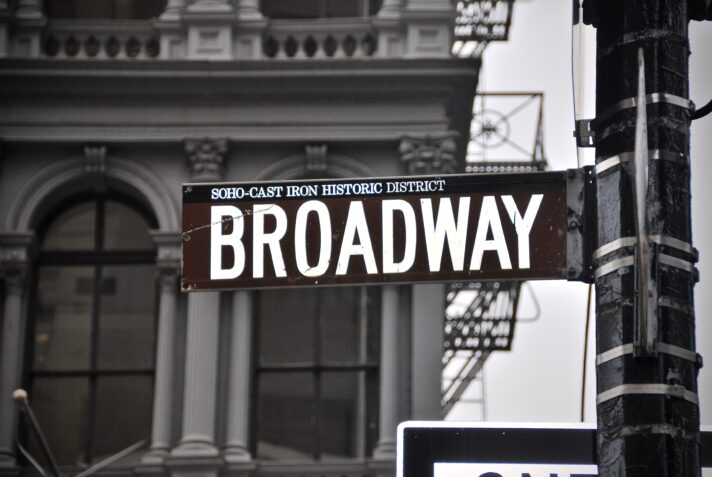
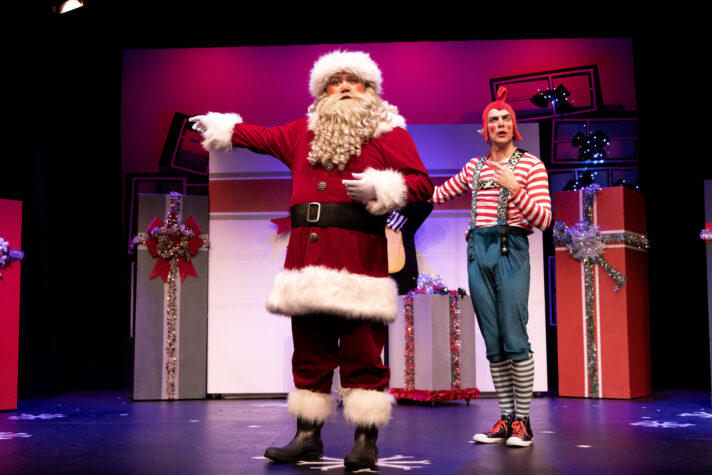
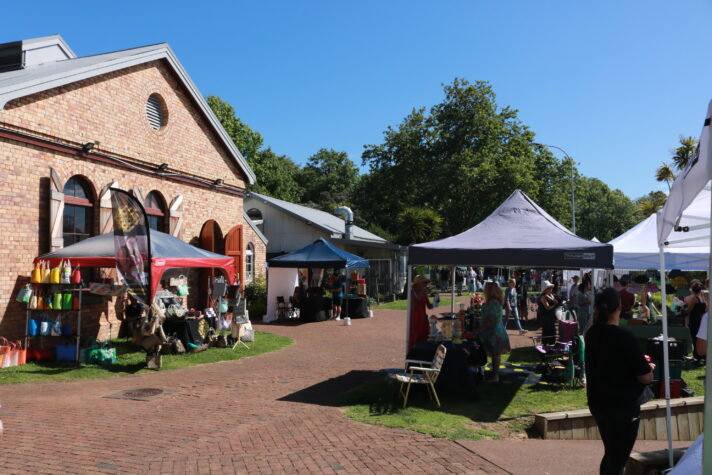
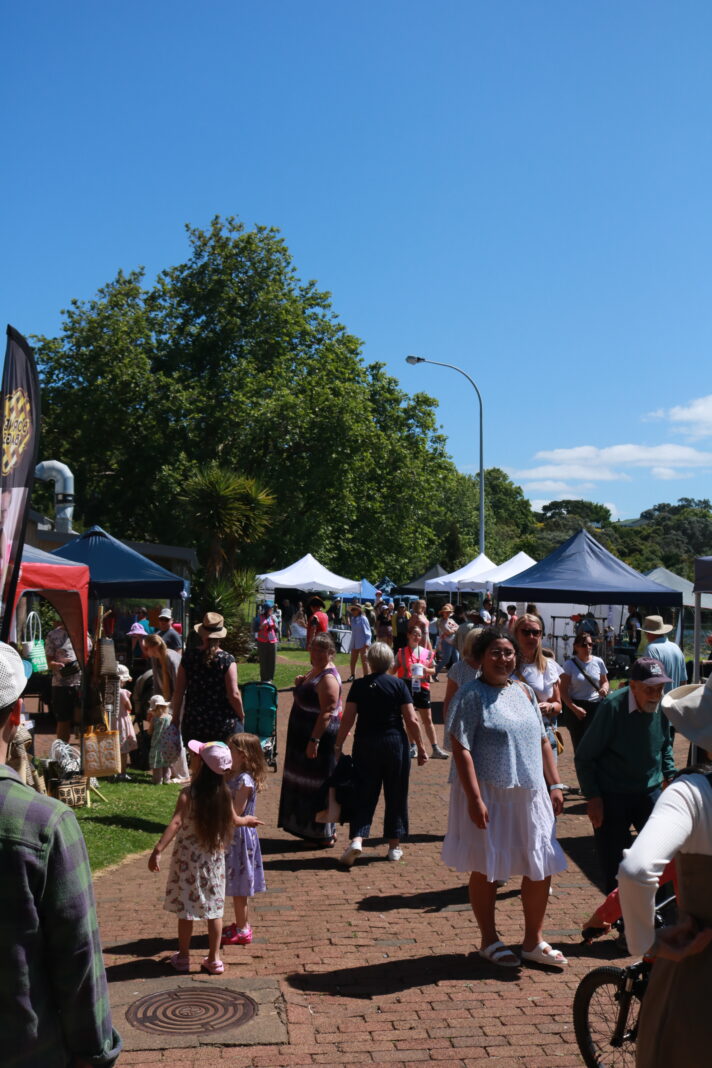
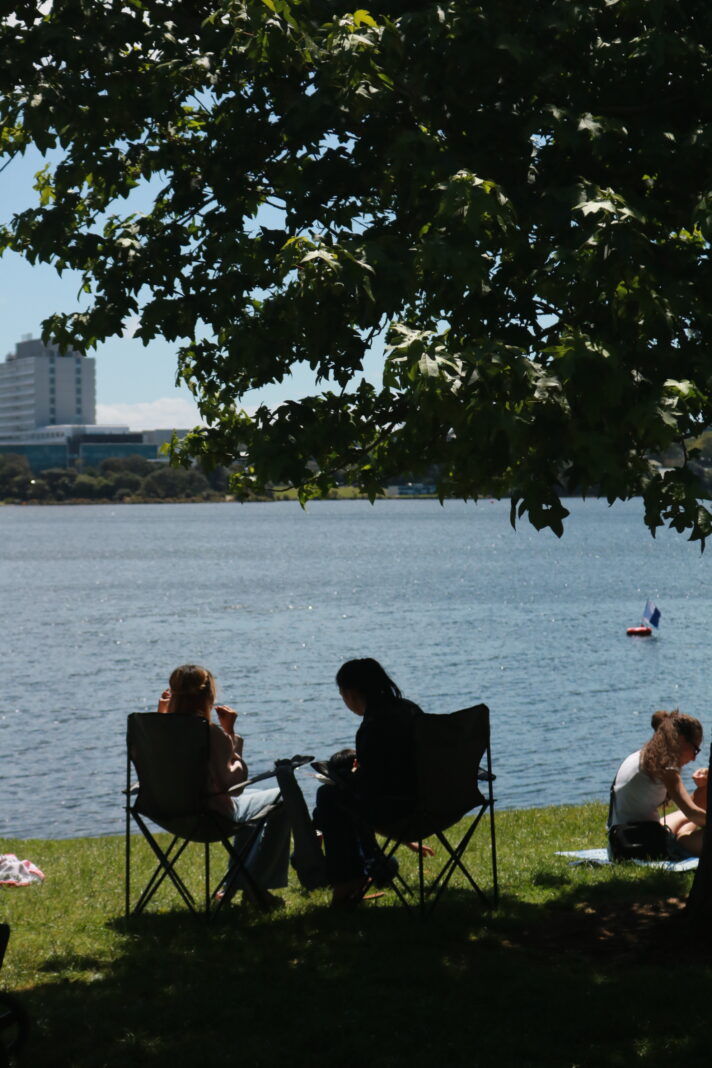
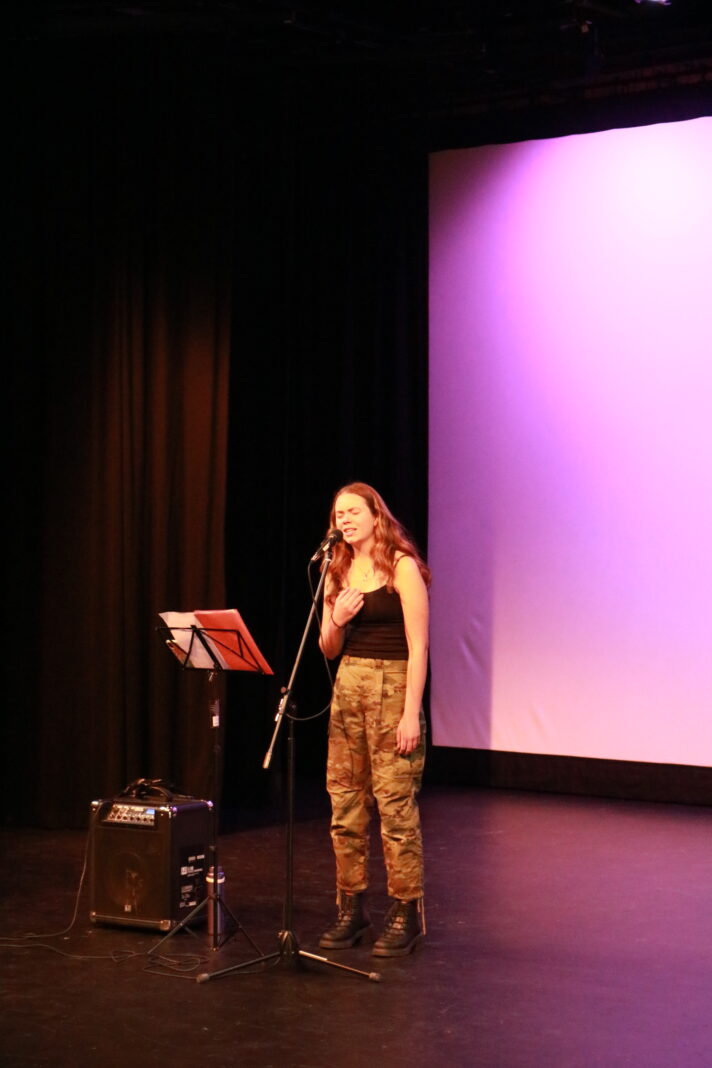
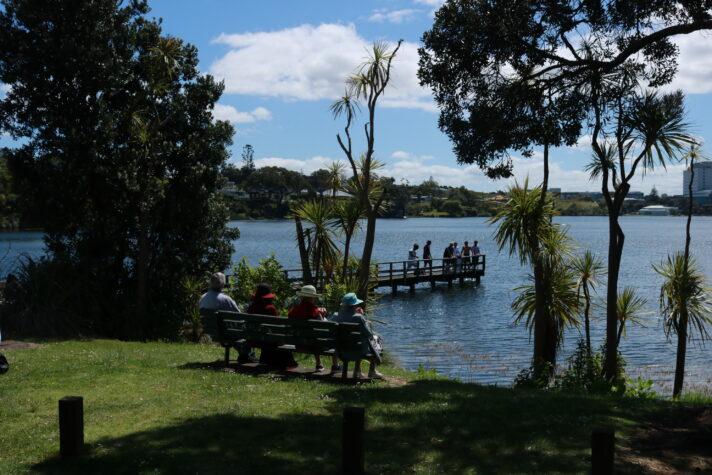


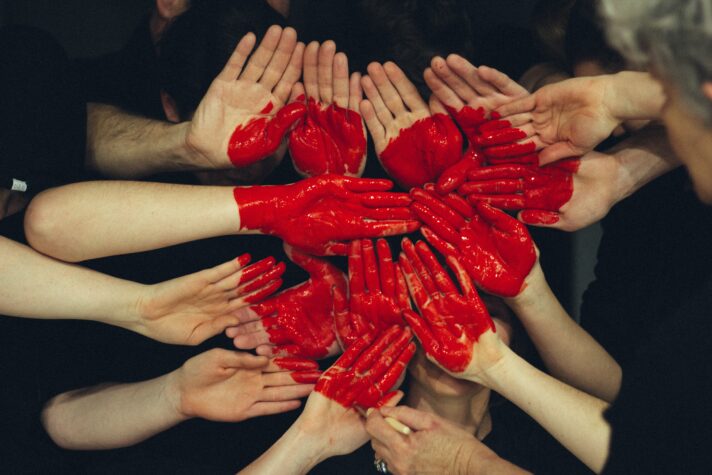
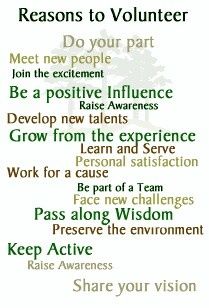
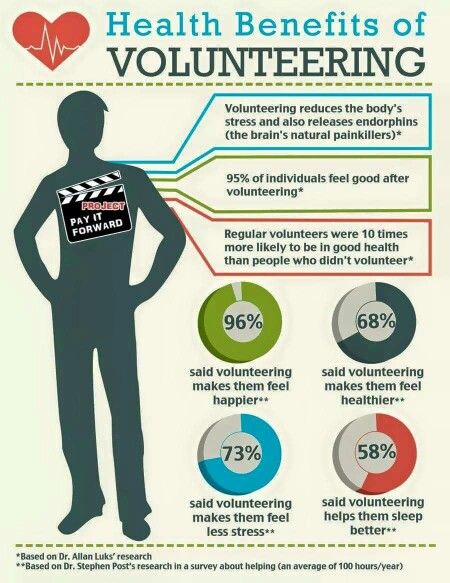
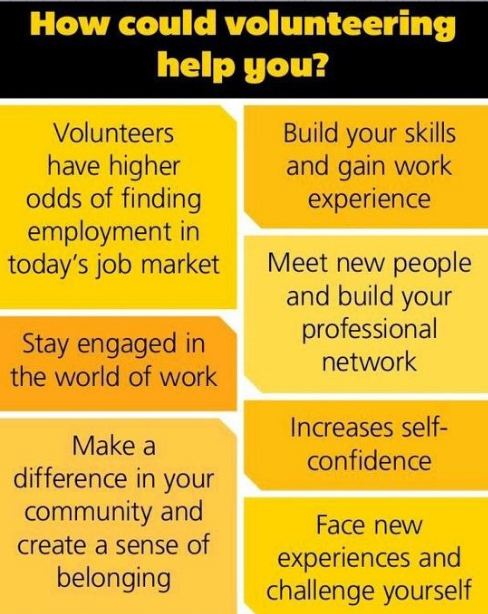
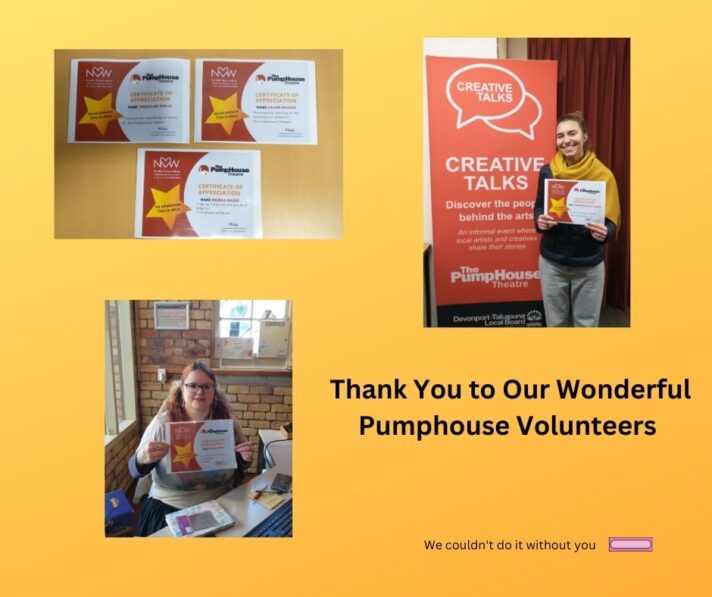

 When I was taught how to write my Pepeha I was instructed to follow the path of a river to where it reaches me so here goes:
When I was taught how to write my Pepeha I was instructed to follow the path of a river to where it reaches me so here goes: Every Pepeha is different and unique and in my opinion one of the most personal ways to introduce yourself. There are a tonne of templates and resources online to help you create your Pepeha like
Every Pepeha is different and unique and in my opinion one of the most personal ways to introduce yourself. There are a tonne of templates and resources online to help you create your Pepeha like 

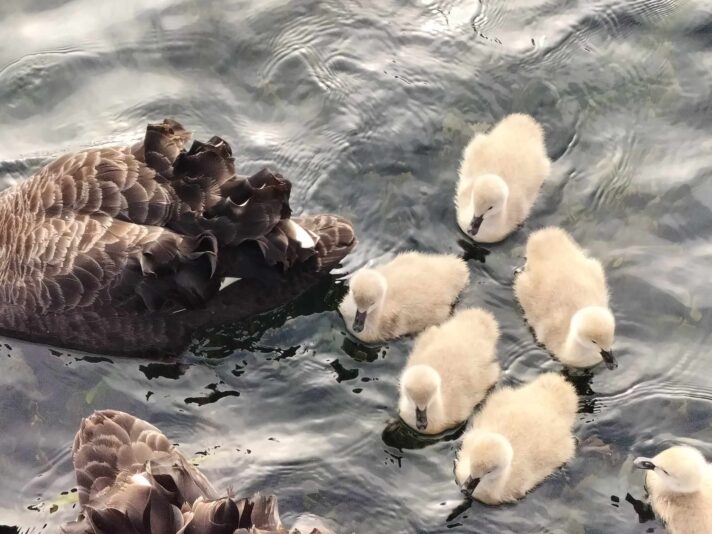
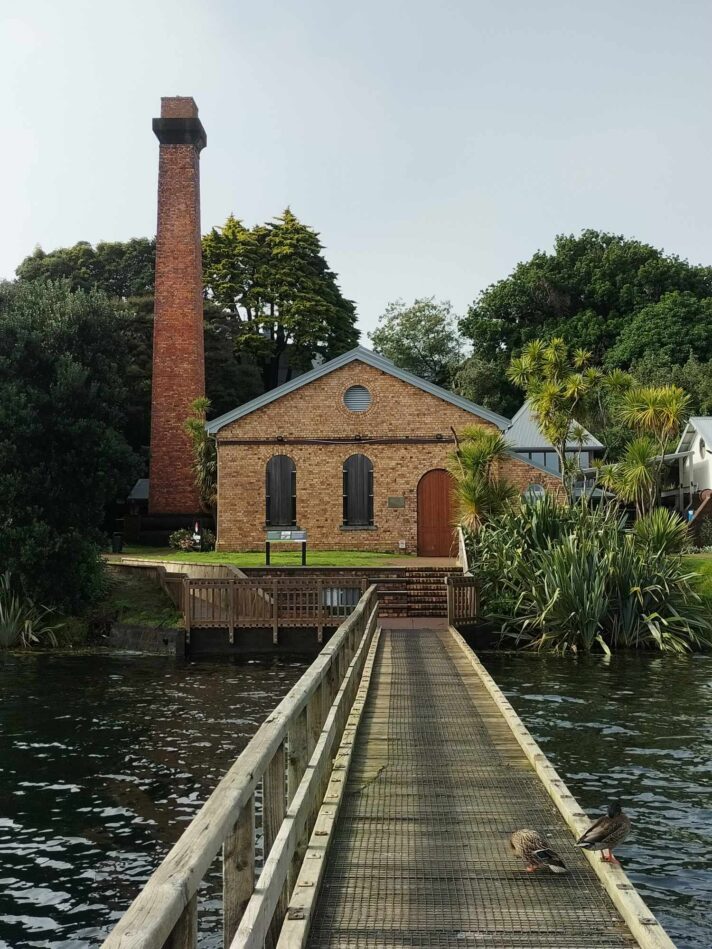
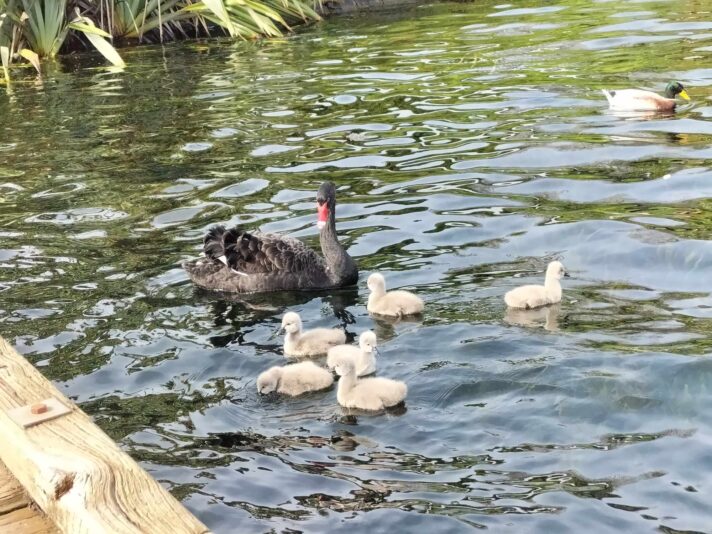
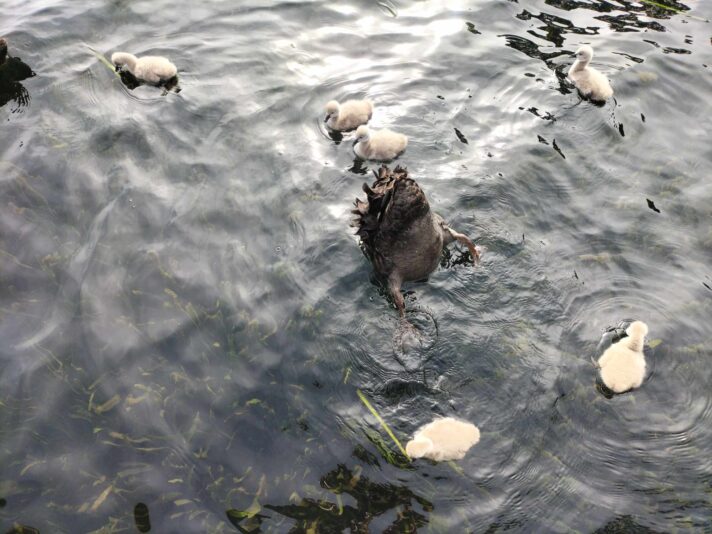

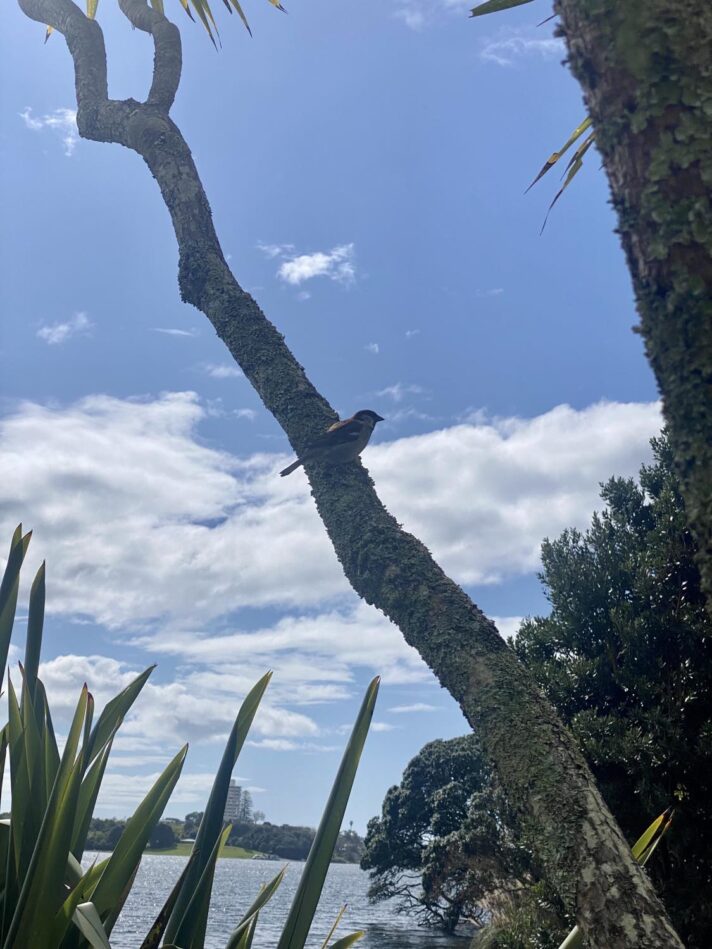
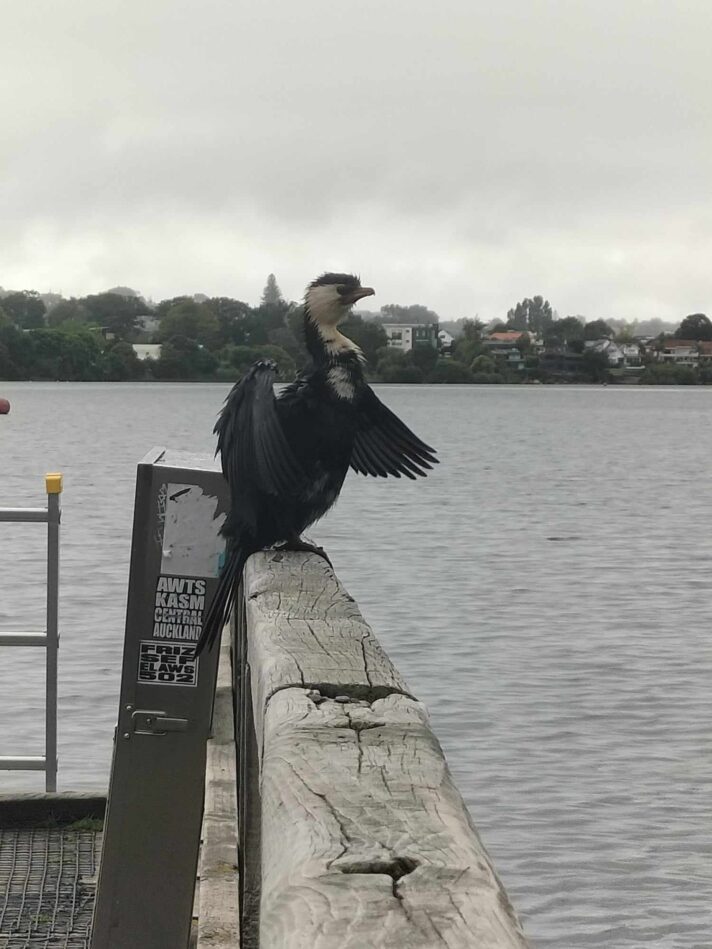 But it’s not just birds! As you’d expect, we have bugs a plenty, butterflies, koi and other lake life, possums who love to make an appearance during performances on our Amphitheatre stage, and countless dogs who bring their humans on walks through the park.
But it’s not just birds! As you’d expect, we have bugs a plenty, butterflies, koi and other lake life, possums who love to make an appearance during performances on our Amphitheatre stage, and countless dogs who bring their humans on walks through the park.
